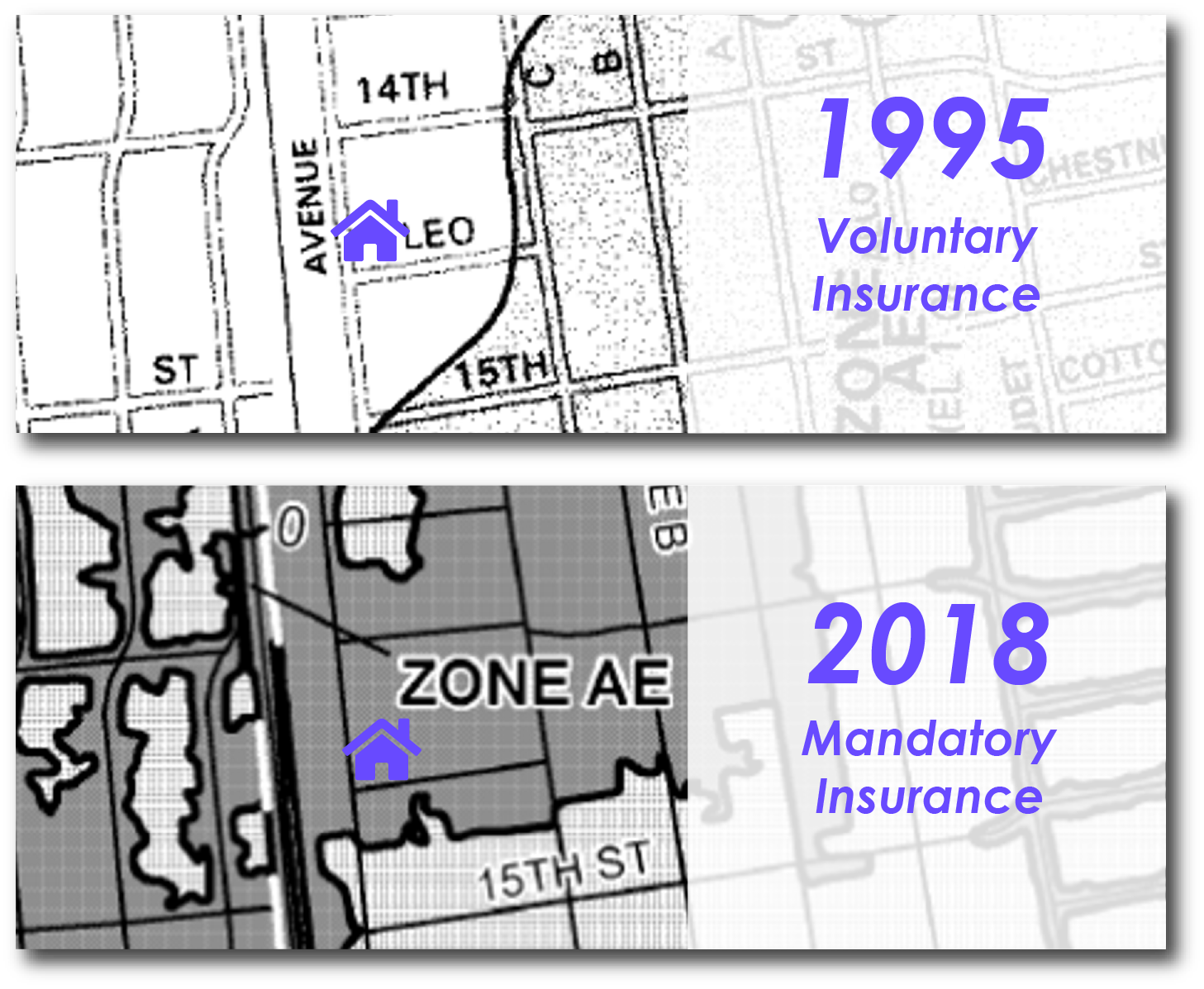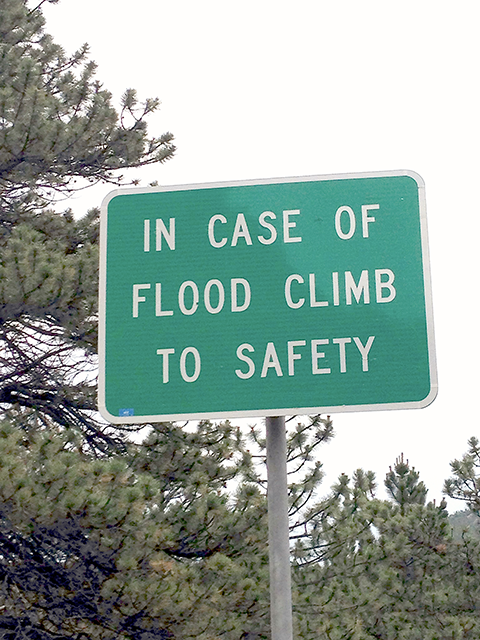How to Prepare for a Lapse in NFIP Authority
Here we go again. Every few years, it seems there’s a potential lapse in the National Flood Insurance Program (NFIP). While very scary sounding and not without the possibility of serious consequences, it’s likely a resolution will be reached prior to the midnight, September 30 deadline, and even if it’s not, a lapse would likely be hours or days, not weeks or months. However, if there is a lapse, there are things lenders and insurance agents who write NFIP policies need to know.




